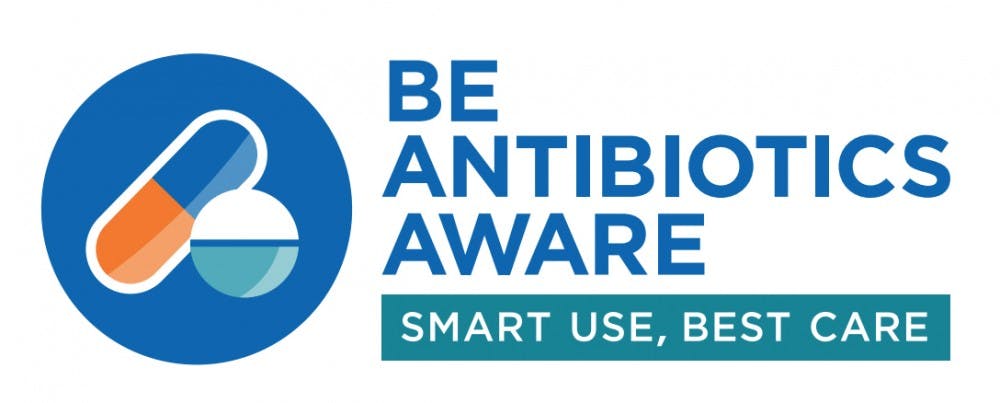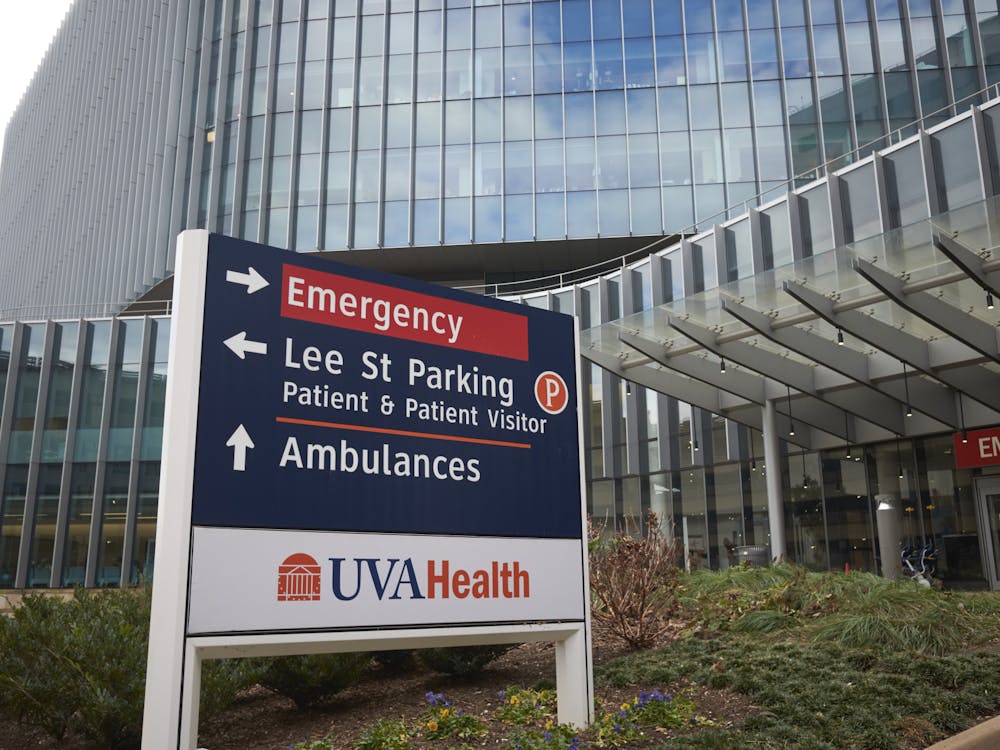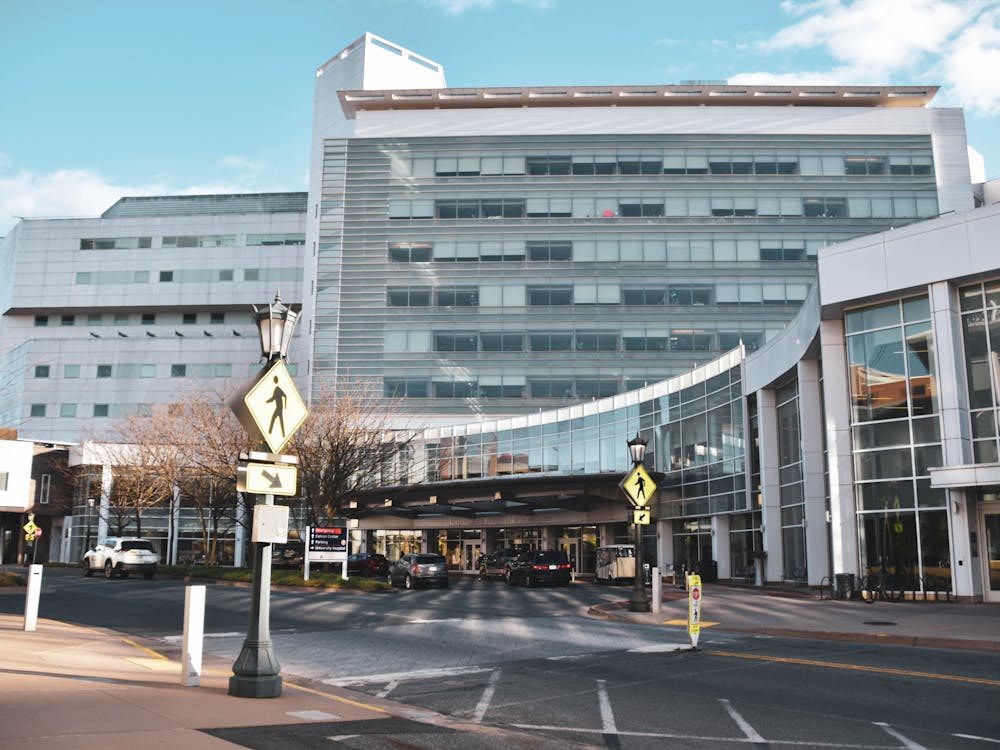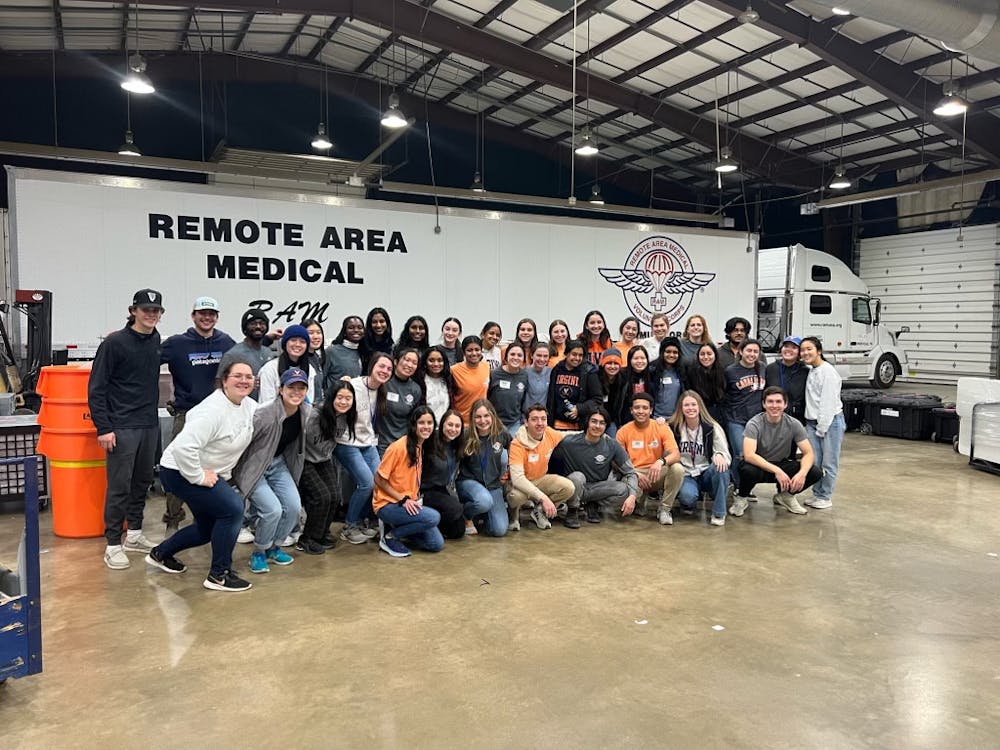The Centers for Disease Control and Prevention dedicated Nov. 13 to 19 to commemorate the tenth annual U.S. Antibiotic Awareness Week, which concurred with the CDC’s launch of the “Be Antibiotics Aware” campaign. This campaign aims to promote more informed prescriptions of antibiotics by health care providers and curb the growing costs and deaths associated with antimicrobial resistance, in part by distributing educational materials. Researchers and physicians in the School of Medicine’s Division of Infectious Diseases and International Health shared how ongoing and prospective measures of combatting antimicrobial resistance and advocating for a more controlled use of antibiotics aligned with the CDC’s goals.
According to Mami Taniuchi and Matthew Crawford, assistant research professors in IDIH, the causes of antimicrobial resistance, which is marked by a decline in the effectiveness of antibiotics in treating common bacterial infections, are complex at both the molecular and societal levels.
“Two of the biggest classes of mechanisms for antibiotic resistance are first, changing the organism so that the antibiotic no longer sees it — basically evading the antibiotic or changing its target — causing the antibiotic to not bind and exert antimicrobial activity in which case the bacterium would survive,” Crawford said. “The second major way is by degrading the antibiotic. Enzymes produced by the bacterium hydrolyze or chew up the antibiotic and make it inactive.”
Taniuchi explained that the multifactorial basis of antimicrobial resistance, especially in developing countries, depends on the state of the environment, including its sanitation measures, hygiene levels and cultural practices and the ensuing amount of exposure to bacteria. In developed countries like the U.S., antimicrobial resistance can develop from the food consumers eat.
“There’s a lot of antibiotics used in livestock and for food preparation,” said Molly Fleece, an Infectious Diseases Clinical Fellow at the School of Medicine. “So anything that we eat or have contact with influences the natural bacteria we have in our gut.”
Food is just one factor that may have influenced nearly 23,000 deaths in the two million Americans who become infected with antibiotic-resistant bacteria last year. Hospitals may also play a surprising role in encouraging antimicrobial resistance. Specifically, the CDC estimates that approximately 30 percent of antibiotics, or 47 million prescriptions, are prescribed unnecessarily by doctors in the U.S.
The consequences of the inappropriate prescription and use of antibiotics can be seen in Pakistan where antibiotic drugs are available over the counter. Because of its widespread availability, people buy antibiotics regardless of whether they actually need them.
“The erratic taking of medicine promotes resistance because it gives the bacteria time to experience sublethal amounts of the antibiotic,” Crawford said. “So rather taking it for say ten days, and you only take it for four, you’re basically left with a population of bacteria that survives and potentially develops resistance.”
Fortunately, many institutions across the nation can use Antibiotic Awareness Week as inspiration to start a stewardship program that improves the way antibiotics are prescribed by healthcare providers and taken by patients. At the University Hospital, Asst. Prof. Patrick Jackson participates in the Antibiotic Stewardship Team, which was founded in 2009 and is lead by Amy Mathers, an associate professor of medicine and pathology. AST focuses heavily on education.
“We develop protocols for common infections that physicians can refer to in order to get a sense of what antibiotics are most appropriate for that situation,” Jackson said. “We also discuss with clinicians who want to prescribe certain antibiotics that are very broad or have a high risk for resistance on a one-on-one basis to make sure every one of those prescriptions is given in an appropriate way for the right patient and to make sure that a narrower drug might not be better for that particular case.”
Because the hospital environment might play a role in antibiotic resistance, Mathers’ particular focus through ATS is to research how antimicrobial resistance evolves in the the hospital wastewater system.
“Because many antibiotics are excreted unchanged in patients’ urine, it means that those go directly into the wastewater system,” Mathers said. “That can promote the antibiotic resistance pressure and make it advantageous for bacteria that are antibiotic resistant to survive over antibiotic susceptible bacteria because there’s so many antibiotics that come out of the wastewater from usage of the hospital.”
In addition to instilling changes in clinical practices by encouraging patient isolation and bacterial screening procedures, numerous scientists at the Division of IDIH are researching ways to simultaneously counter the declining effectiveness of current antibiotics and the growing number of antibiotic-resistant bacteria.
“Almost all organisms, like bacteria and the host organism, need iron. But when bacteria enter the host, they don’t readily see iron because the iron is caught up in other proteins or masked from the invader,” said Girija Ramakrishnan, assistant professor of IDIH. “So the bacteria make chelators called siderophores that can bind iron with high affinity. People are trying now to conjugate antibiotics to siderophores so bacteria can take up lethal amounts of antibiotics with the iron. There’s some evidence it works well for infections.”





